Flip phones have made a comeback and a big one. Companies like Samsung have marked the arena with the launch of their first folding phone: The Galaxy fold last year but that was far from impressive because of the display issues and the uncomfortable form factor. Motorola came out with the new moto Razr which pays homage to the iconic Razr flip phones that were all the buzz back in the days.
The vertical flip design is definitely a blast from the past and it smells of sweet nostalgia and entices us to shut it with that satisfactory ‘snap’ that the original Razr was known for. The Motorola Razr is not the only phone that takes us down the memory lane. The Samsung Galaxy Z Flip is Samsung’s second attempt at foldable phones and follows the same design language as the Motorola Razr. Both are direct competitors and are in the same price bracket. So, how do these compare? Let’s find out.
Design
Both the phones have a vertically folding design which means that they unfold into a smartphone and not a tablet like the Samsung Galaxy Fold. This is the only major design similarity between the two phones and from thereon, the design languages of both the devices head on different paths.
The Galaxy Fold is made up of all Glass with metal sides and is mostly symmetrical on both the halves. The sides hold the power button, which is also the fingerprint sensor along with the volume rockers. The bottom is populated by the Type-C charging port along with the speaker grill. The Top half houses the Dual rear Cameras and a 1.1” OLED secondary display.
The overall design is very modern and rather fashionable. When coupled with the various colours which have an ombre tone with colour shift reflex, the galaxy z flip makes up for a stunning looking phone.

The Motorola Z Flip has a more industrial design with a textured polycarbonate back and a more bulk design. The phone features a “chin” which houses some of the display and the fingerprint sensor. The sides have the power button and the volume rockers with the bottom just populated with a Type-C charging port and speaker grills. The front has a2.7” gOLED secondary display along with a single primary camera.
The Motorola Razr comes in just a single variant of Noir Black. What puts it apart from the Z Flip is the water repellency granted to it by the Nano coated internals which protects the phone from getting water damaged by spills, splashes and light rain.
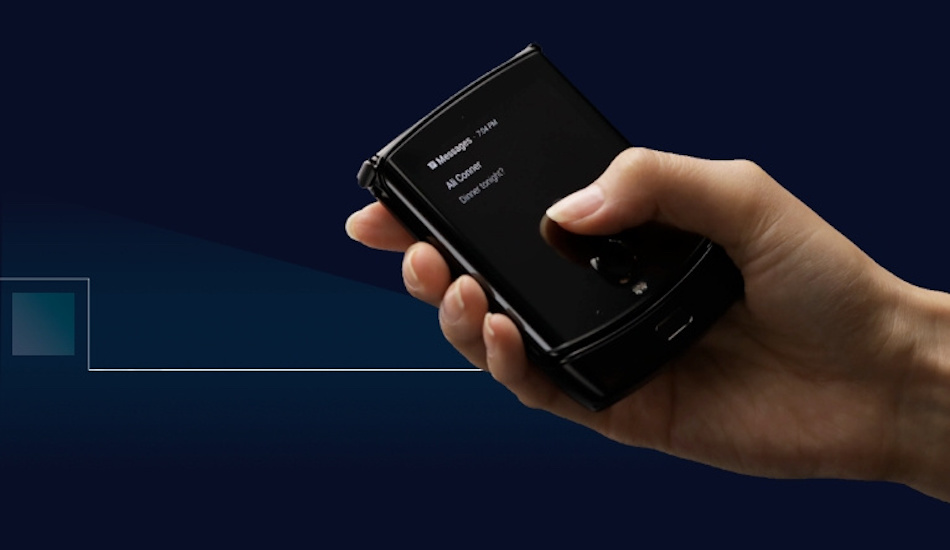
Winner: The Z Flip wins this round with its overall modern design, better-built materials and better design language.
Display and Hinge
The Motorola Razr has tried to embody the original Razr flip phone with a touch of modern technology. The Razr flaunts a 6.2” flexible OLED panel with a Resolution of 2142x876pp. The display is made up of plastic as it needs to fold along the hinges and also has a notch up top that houses the earpiece and the front-facing camera. The secondary display which is located at the front is a 2.7” gOLED display with a resolution of 600x800p. The secondary display resembles the one that was present on the original Razr.
The secondary display can be used to view and respond to notifications along with it doubling as a viewfinder for the rear-facing camera to be used as a selfie camera. The main display is reinforced by the hinges that make sure that the phone shuts flat without any gaps. The hinges can do this because of the presence of a small concave cavity that tucks the display in, closing it flat. The hinge, however, is not very rigid that is both good or bad depending on how you see it.
The looser hinge makes for the phone to be unfolded with a satisfactory flick and be snapped shut with that iconic snap. All of this can be done with just one hand. The loose hinge also makes up for a “squeaky’’ opening and closing experience which is not very ideal.
The hinge, as mentioned above, has a huge downside to it. The display is not attached at with the hinges entirely because of which the screen can actually lift up a bit allowing dust and debris to enter the hinge and ruin it. The centre of the display as a slight crease that is not visible when seen from certain angles but surely can be felt when swiping in that region.
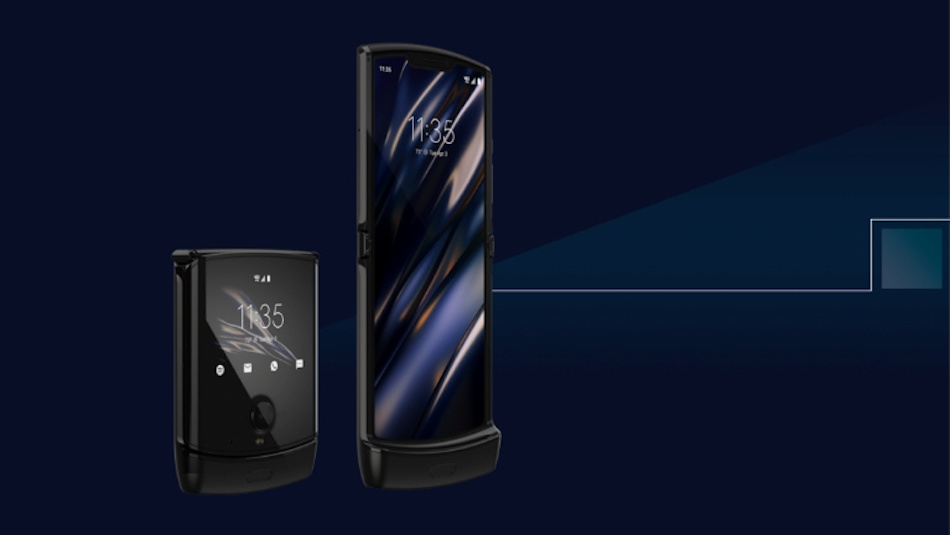
The Z Flip sports a 6.7” AMOLED Display with a resolution of 2636×1080. The display, unlike any other foldable phone, is actually made up of an Ultra-thin glass which is capable of folding. But there is a catch that Samsung does not reveal clearly. The ultra-thing glass is actually beneath a layer of protective film which you cannot take off. The plastic file makes the display feel like any other foldable smartphone. It also takes away the durability benefits of glass but that being said, the glass does make the display feel comparatively more rigid.
The secondary display is a tiny pill-shaped 1.1” AMOLED display with a resolution of 300×112. You can use the secondary display to view certain notification like SMS and Caller ID and you can also use it as a viewfinder for selfies with the rear camera. The hinge mechanism on the Z Flip has been inspired by the internals of an analogue watch which makes it highly intricate with over 150 pieces. The hinge is rigid and allows the phone to stand on its own at varying angles just like a laptop.
The software also takes advantage of this by allowing the phone to do have different controls on both the halves of the display. The rigid hinge also makes opening the phone with one hand difficult, which might be a problem for some. The intricate craftsmanship of the hinge adds up to a very smooth and squeak-free opening and closing experience.
The two halves of the phone when folded, do not sit flat together and have a bit of a wedge in between where dust can get in. Samsung thought of this and added fibre/bristle lining along the hinges to keep the dust and debris away. Like the Razr, the Z flip too has a crease in the middle that can very much be felt when swiping or scrolling on that section of the screen.
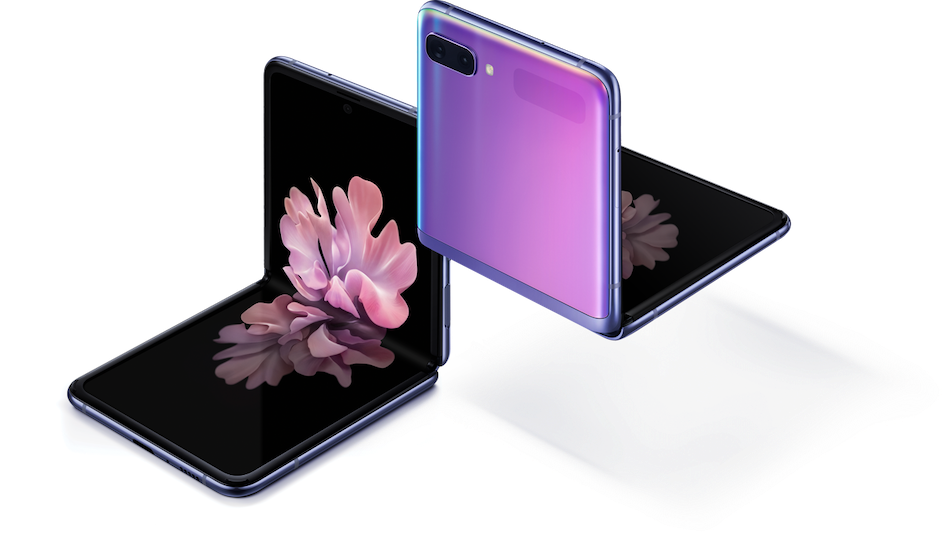
Verdict: The galaxy Z Flip overall has a better display with a higher resolution and a smaller notch and a hinge with a smoother experience and a better overall built quality.
Cameras:
The Galaxy Z Flip features a set of dual cameras at the back and a front-facing camera that sits within a punch hole notch. The main camera is a 12 MP Wide-Angle lens with OIS and super speed dual Pixel AF system. It has an f1.8 Aperture for low light imaging. The secondary camera is a 12MP ultra-wide lens with an f2.2 aperture. The front camera is a 10MP shooter with an f2.4 aperture. The main camera can shoot in 4K at 60fps and in HDR10+ along with 960fps super slow-mo. The image quality is very similar to the previous year’s Galaxy S10 series.
The images from the main cameras are sharp crisp with excellent dynamic range. The front camera is equally good with excellent skin tone reproduction and sharp imaging.

The Razr has a single 16MP main shooter with an f1.7 aperture, dual pixel AF and Laser AF. The front 5MP camera that sits within a notch and has an f2.0 aperture. The camera quality is not that great considering the price. Low light images look grainy and the HDR fails to bring out all the details.
The overall image looks washed of. The front-facing camera makes the images look pale and lifeless with very less detail.

Verdict: The galaxy z flip is the clear winner with a set of cameras that is aeon ahead of the Razr with image quality that matches its price.
Power and performance
The Razr is powered by the snapdragon 710 SoC coupled with 6GB of RAM. And 128 GB of internal storage. The snapdragon 710 is a mid-range octa-core Processor good for day to day usage and some light gaming. It has a 2510mAh battery and is capable of 15W quick charge via the type-c port.
The Razr runs on a close to stock version Android 9 pie with some added features like the moto actions which helps you access quick features like launching the camera by twisting your wrist, double chopping to turn on the flash etc. The overall day to day feel is smooth with no clutters to slow you down.
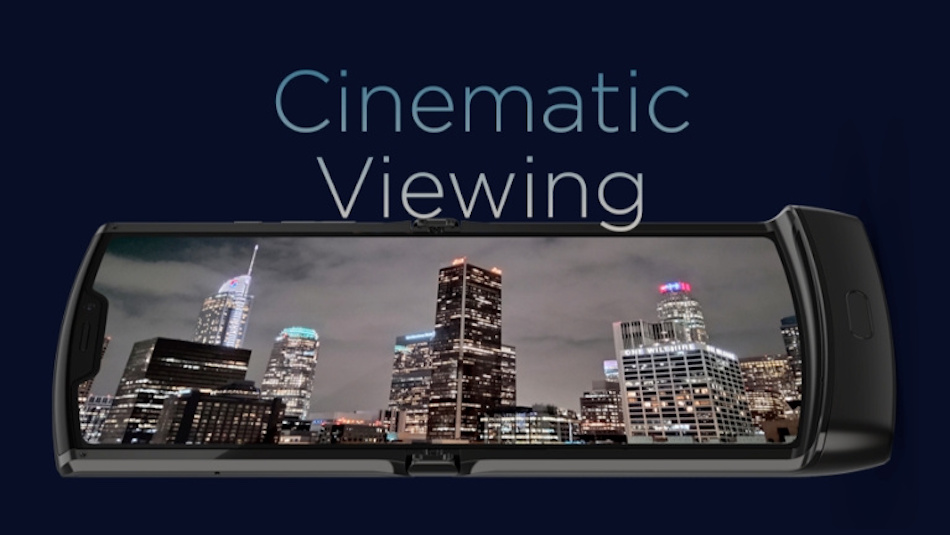
The galaxy Z flip is powered by the snapdragon 855+ SOC coupled with 8GB RAM and 256 internal storage. The snapdragon 855+ is a flagship processor and is very powerful and can handle anything that is thrown at it with ease. It can handle multitasking and heavy gaming like a piece of cake. It houses a 3300mAh battery and supports wireless and reverse wireless charging.
The Z Flip runs on the Android 10 platform along with Samsung’s custom One UI on top. The software experience is very smooth with no lags and the software adding features around the fold is also an added benefit.
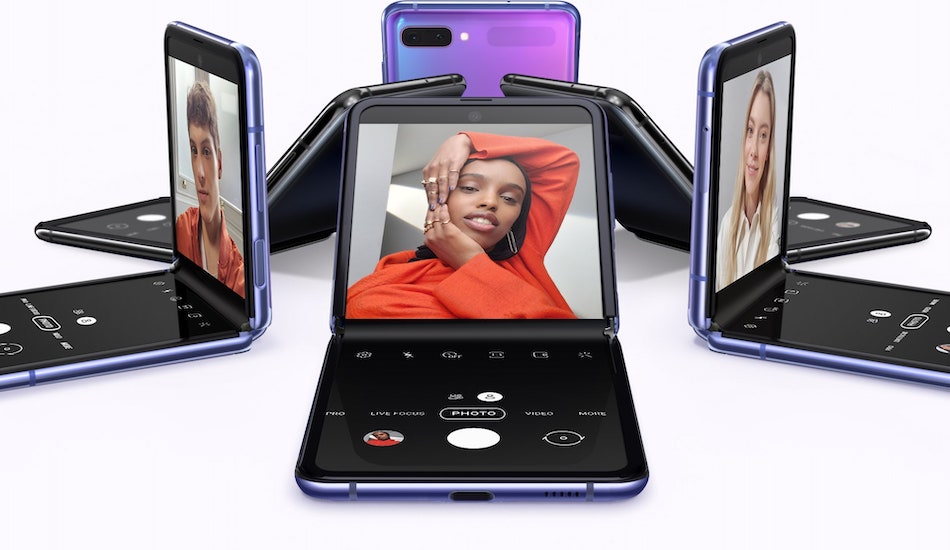
Verdict: The Z flip takes the crown in this round with its fabulous performance that leaves the Razr in the dust. The Razr’s mid-tier performance is not up to the mark for a flagship smartphone. The higher battery capacity and the addition of wireless charging also give the z flip and EDGE for the Razr.
Final Take:
The Galaxy Z Flip blows the Motorola Razr out of the water in all the segments with its better camera, display, performance and battery. The Razr feels more like a homage than a top-end smartphone. The Z Flip feels and looks premium with actual functionality with Razr lagging behind with its polycarbonate shell and an overall cheaper feel and built construction. The z flip should clearly be your choice out of the two for its value for money and performance, which is leaps and bounds ahead of the Razr.


